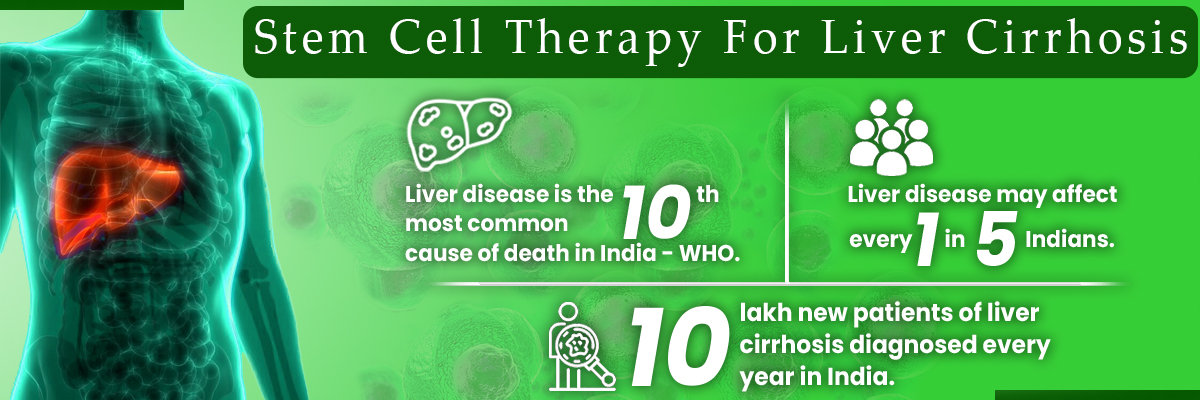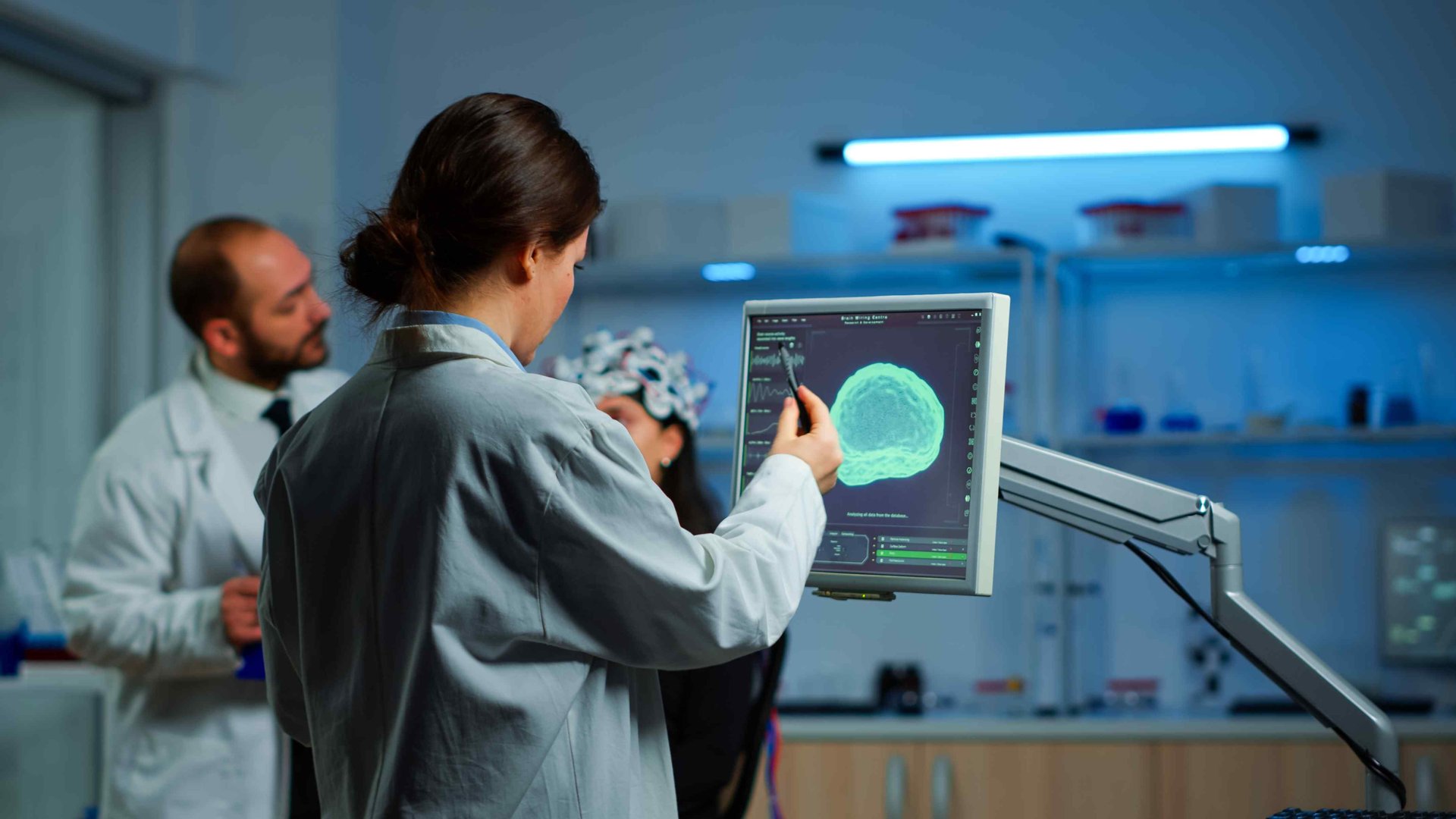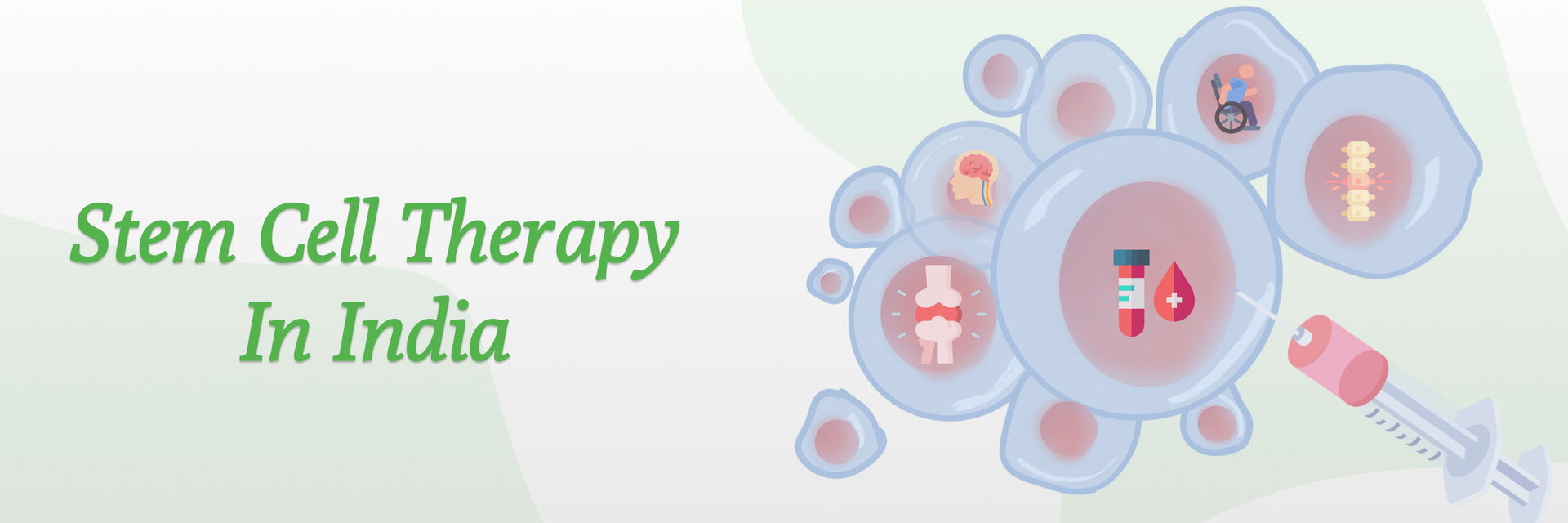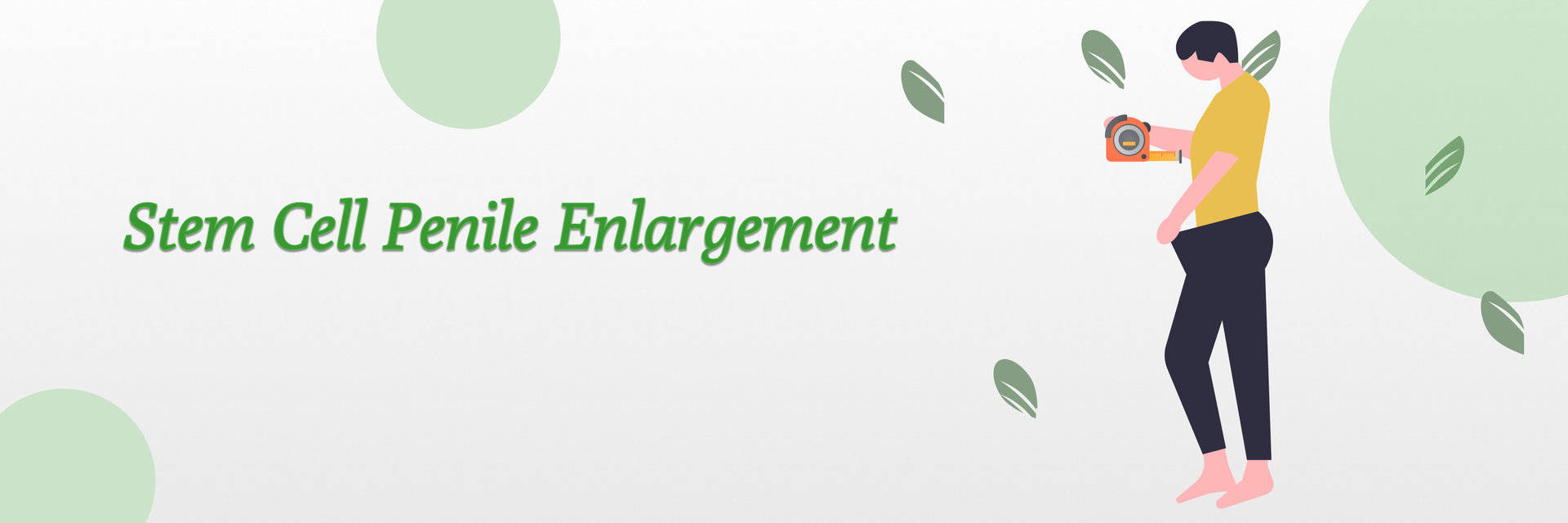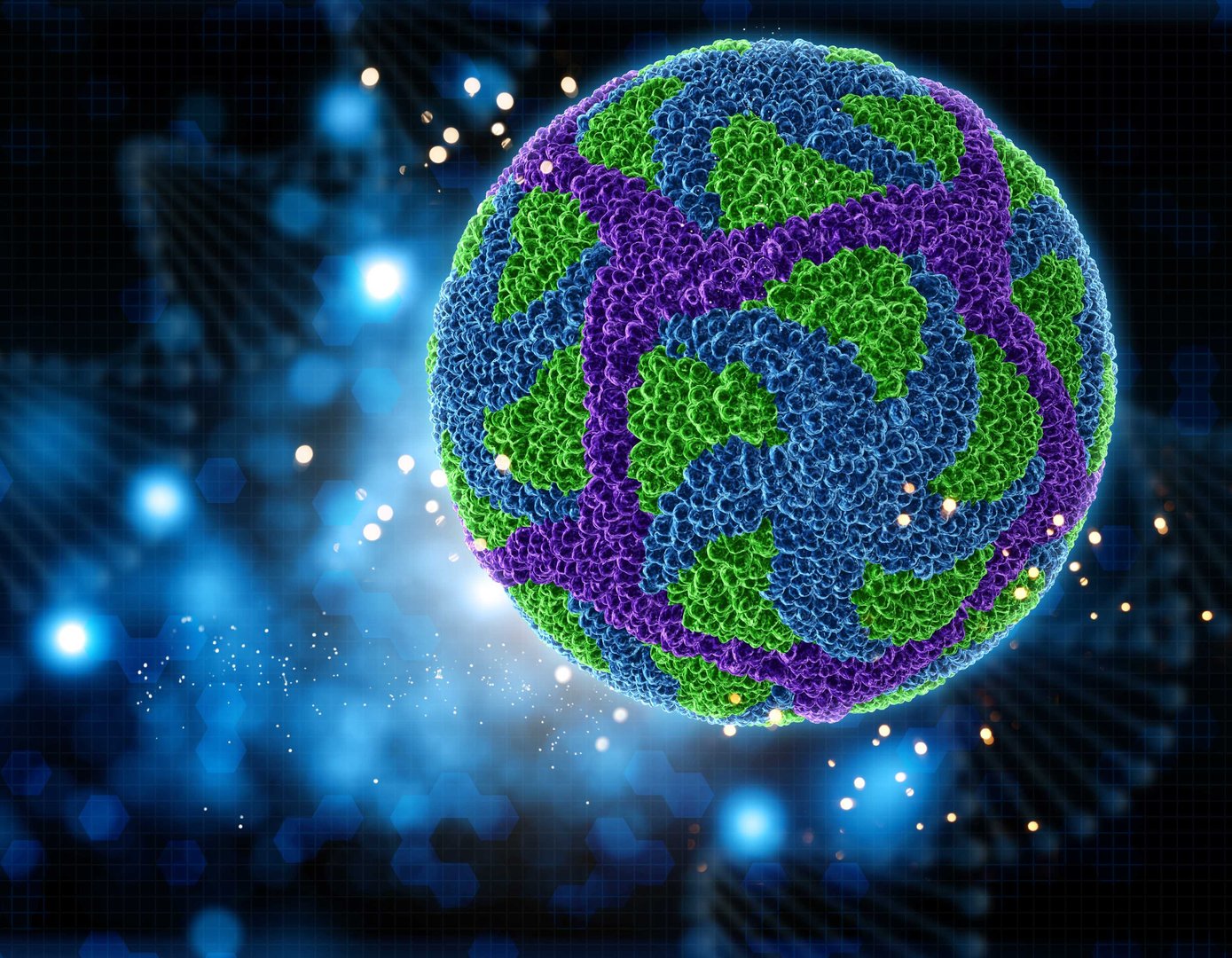Introduction
The last few years have seen the field of regenerative medicine make gigantic leaps, and perhaps the most thrilling is stem cell therapy for skin regeneration. Our epidermis is the body's guard against external destruction, and it's constantly under attack from environmental stress, aging, trauma, and infection. But what if we can harness the very biological weapons of the body in order to repair and rejuvenate the skin?
That is exactly what stem cell therapy and research attempt to accomplish. With each additional clinical trial proving its feasibility, stem cell therapy is no longer science fiction but a new, real treatment for healthy skin. Stem cell-based techniques are helping scientists to discover better healing potential and cure skin diseases long considered untreatable.
What Is Skin Regeneration?
Skin regeneration is the process by which skin heals itself from trauma. It could be minor, i.e., burn or sunburn, or it could be extensive, i.e., burns and surgical trauma. Natural skin regeneration refers to the body's ability to regenerate new epithelial cells to replace dead or damaged ones. The body continues to go through the process of regeneration repeatedly, but its efficacy declines with age, basal condition of health, or repetitive trauma. By suppressing this function, wounds heal slowly, and wrinkles or signs of chronic skin decline are more visible. It is worthwhile to learn about this normal process so that one can better appreciate how stem cell therapy can complement and substitute for it. Connect with the best medical professionals in the healthcare sector to know more about stem cell skin regeneration therapy.

How Does Skin Heal Naturally?
Healing of the skin occurs through a series of processes known as the wound healing stages: hemostasis, inflammation, proliferation, and maturation. Blood clotting is what stops the bleeding first, then an immune reaction that comes in to kill off the pathogens and debris. Then new tissue is formed, then finally it strengthens and remolds into normal skin. But in chronic wounds or deep injury, this healing will be incomplete or delayed, with a tendency towards producing scarring or infection. Stem cell treatments come into play here with a promise of a remedy to hasten and improve such phases of healing with the aid of cellular stem cell technologies targeting and making each one of such phases of repair easier. If you are actually considering stem cell therapy as a viable option for skin regeneration, you can book a doctor video consultation on our platform in just a few clicks.
Role Of Stem Cell In Skin Regeneration
Stem cells are unspecialized cells that have the potential to be many other kinds of cells, including epithelial cells that play a vital part in skin repair. When used in regenerative skin, they do this by suppressing inflammation, triggering collagen formation, and replacing damaged skin cells with new ones. This makes them heal faster and better, typically leading to better cosmetic and functional outcomes.
The most commonly applied in staminal cell therapy are mesenchymal stem cells (MSCs), haematopoietic stem cells, and induced pluripotent stem cells. These cells produce growth factors whose action influences the behavior of adjacent skin cells, thereby playing pivotal roles in regenerative dermatology and being crucial to inducing the proper architecture of the skin.
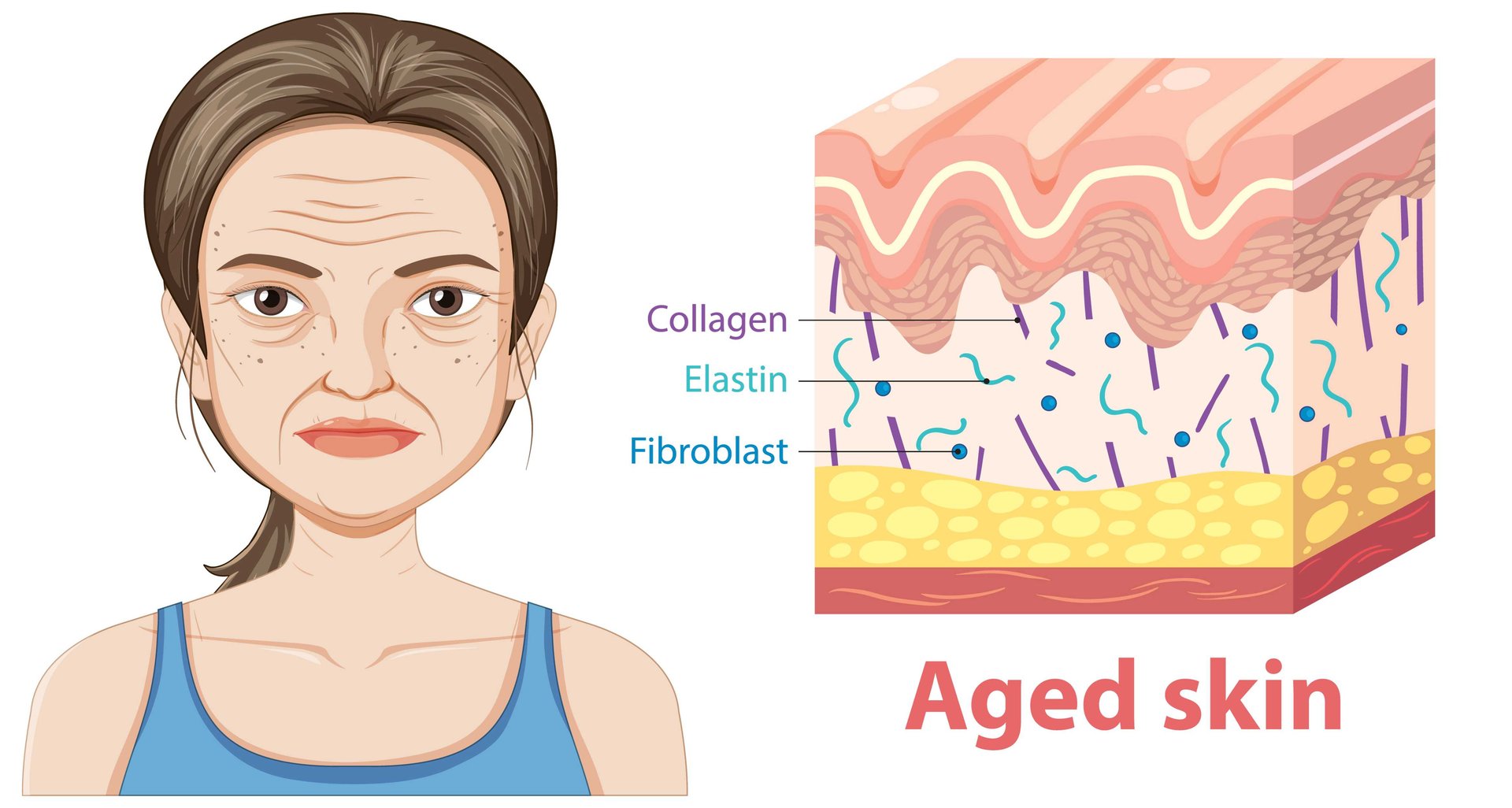
Stem Cell Therapy For Burns, Scars & Acne
Burns, scars, and injuries in the skin caused due to acne can significantly impact one's facial look and self-concept. Traditional treatments do not completely heal or repair the skin. Stem cell therapy has given hope anew. Mesenchymal stem cells have been identified in clinical trials to decrease inflammation and accelerate healing of the epithelium of burn victims, often eradicating infection and reducing grafting requirements. MSCs and cell-based stem cell therapies have also been successful in preventing scar formation by equipoised remodeling of collagen and reducing fibrotic tissue. One can get the best results if treatment is taken from the right doctors and at the right time. Induced pluripotent stem cells hold the potential to revive skin by replacing the missing dermal layers of chronic acne and softening the harsh textures of skin. Stem cells not only heal but also permanently change the texture and color of the skin aesthetically.
Types Of Stem Cells Used In Treatment
Stem cell therapy is one of the leading treatments in the field of medical science. The integration of stem cell therapy with skin regeneration is remarkable. There are various stem cells used in stem cell therapy. The following are the types of stem cells used in stem cell skin regeneration therapy:
1) Mesenchymal Stem Cells (MSCs): These are multipotent stromal cells with the capacity to differentiate into various cell types, particularly those of mesodermal origin like bone, cartilage & fat. They are found in many tissues, like bone marrow, adipose tissue, and the umbilical cord, and play a role in tissue repair, immunomodulation, and hematopoiesis.
2) Hematopoietic Stem Cells: These cells are involved in immune function and the healing of wounds.
3) Induced Pluripotent Stem Cells (iPSCs): Adult cells reprogrammed to act like embryonic cells; very useful for use in regenerative therapy.
4) Epithelial Cells: Not technically stem cells, but often generated with the assistance of stem cell-based methods for resurfacing surface layers.
These stem cells can be derived from the patient's body or by the use of donor stem cell preservation and storage technology, depending on the clinic's availability and the model of therapy.
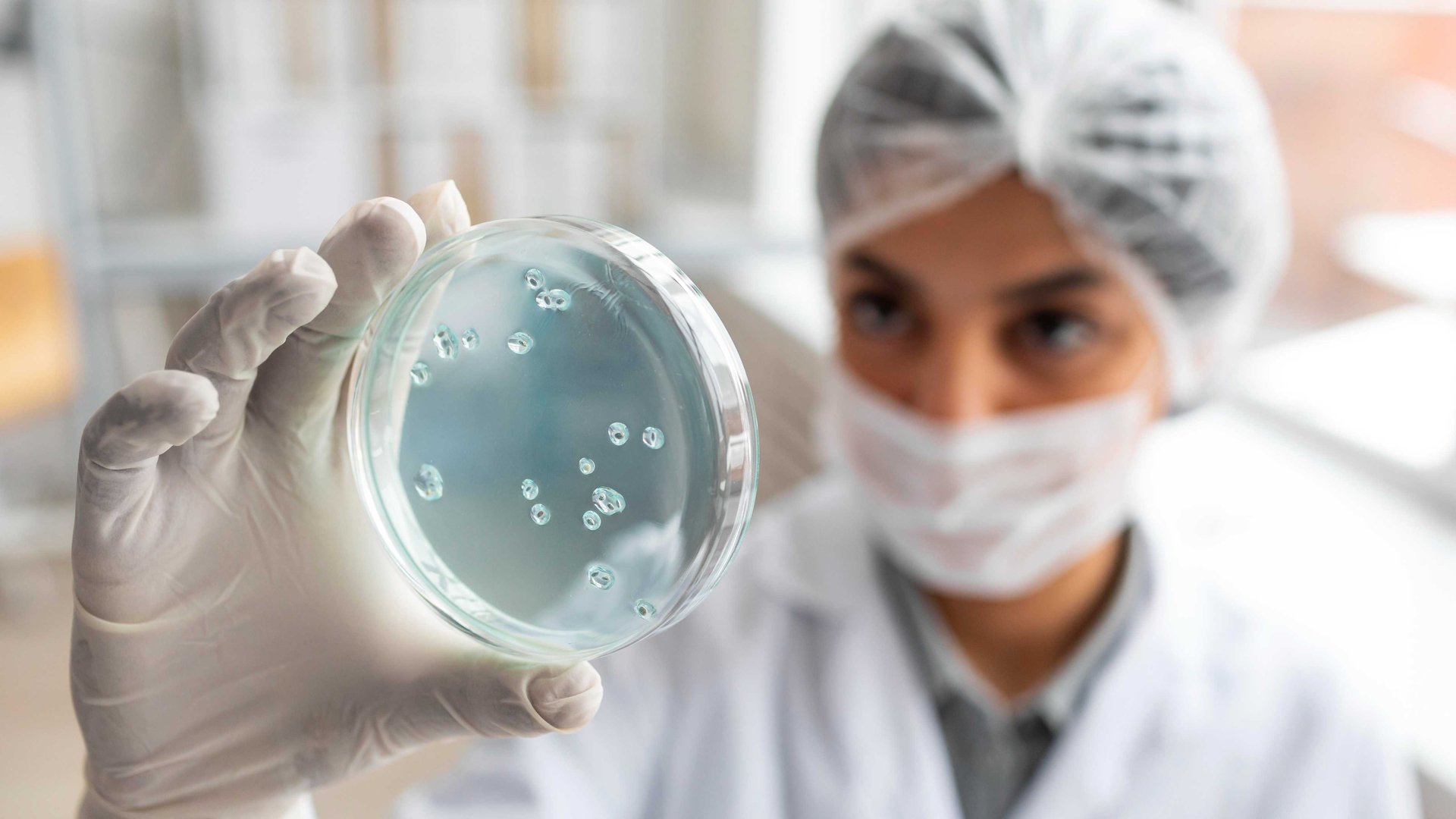
Benefits Of Treatment
Stem cell treatment is the latest technology used by doctors in the field of medical science. The integration of stem cell therapy has raised the success rate of various treatments. Below are some of the benefits provided by stem cell therapy:
- Natural healing of the wound
- Improves skin tone, texture, and elasticity
- Reduces pigmentation & scarring
- Reduces the risk of infection of the wounds
- Assists regeneration on the cellular level
Challenges & Limitations Of Treatment
Though stem cell therapy is one of the leading treatments in the field of medical science, it is not completely allowed to be practiced in the real world. Integration of stem cells with many treatments is still under review & observation. Despite the potential, skin stem cell therapy has its limitations:
- Ethical concerns regarding the stem cell donors
- Risk of rejection by the immune system
- Poor availability top the smaller towns
- Unpredictability of the outcome
- Stem cell preservation is very expensive
Success Rate Of Stem Cell Therapy
The success rate of stem cell therapy in restoring skin depends on various parameters like the patient's age, severity of disease, and the type of cells utilized. However, most of the treatments that have been reported have been shown to have good outcomes. Burn wound healing has achieved up to 80% reduction in healing time when treated with MSCs.
Reorganization of the scar tissue has been demonstrated with quantitative reduction in the depth and pigmentation of the scars in 70% of patients. Acne scars have shown approximately 60–75% reduction in texture and appearance. Such therapeutic outcomes, though relative, reflect how therapeutics with stem cells are progressively leaving behind a record of safe and effective dermal healing in the medical as well as cosmetic clinics.
Future Scope Of Treatment
The future of stem cell therapy for dermatology is also promising. With advances in technology in personalized medicine and stem cell preservation technology, future growth in the use of induced pluripotent stem cells in personalized skin treatment is expected. Integration with AI and biomaterials for personalized skin regeneration is being developed. With the reduced cost of stem cell preservation and storage, it will become more affordable.
Off-the-shelf stem cell-derived skin transplantation is also expected to become a routine practice. Increased research on stem cells will also usher in advances in the cure of intricate dermatological conditions and skin deterioration caused by aging, ultimately revolutionizing skin care as we have always known it.
Summary
Skin stem cell therapy is now beyond experimentation. With increasingly supporting clinical evidence, it can revolutionize burn repair, reduce scars, and regeneration of injured or aged skin. With mesenchymal stem cells, haematopoietic stem cells, and induced pluripotent stem cells, this new treatment unleashes the healing potential of the body. With barriers in terms of cost and ethics, the rate of success and prospects make stem cell therapeutics a game-changer for skin today. With stem cell preservation and stem cell storage now more prevalent, we can guarantee the therapy will soon be transitioned from the laboratory to mainstream skincare clinics around the world.
References
https://www.startstemcells.com/benefits-stem-cell-treatment-skin-rejuvenation.html
https://pmc.ncbi.nlm.nih.gov/articles/PMC4632811

